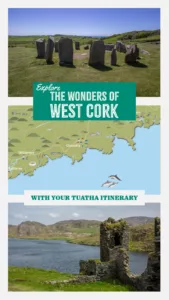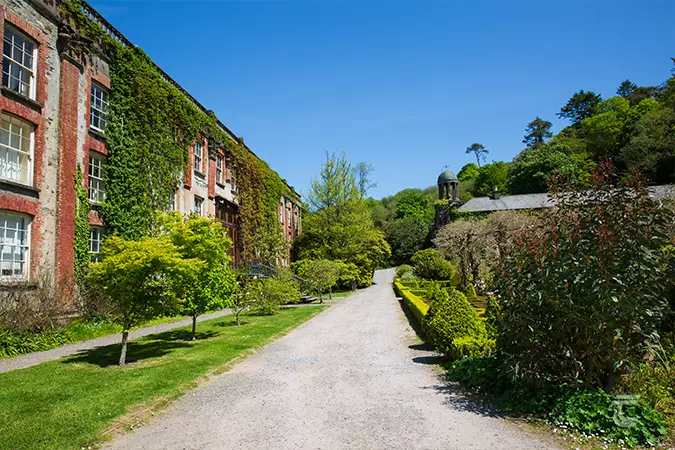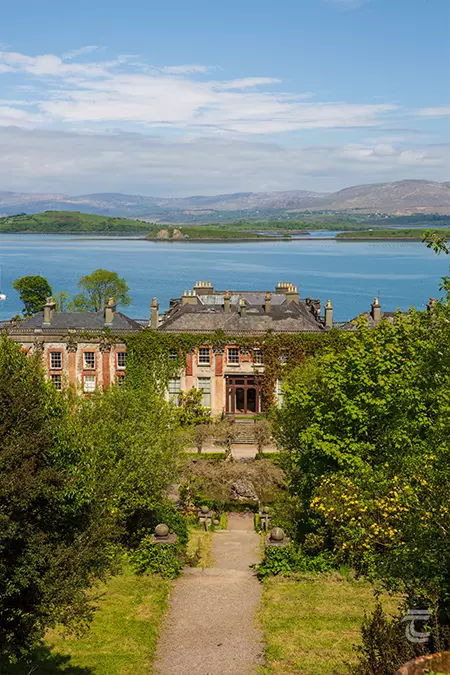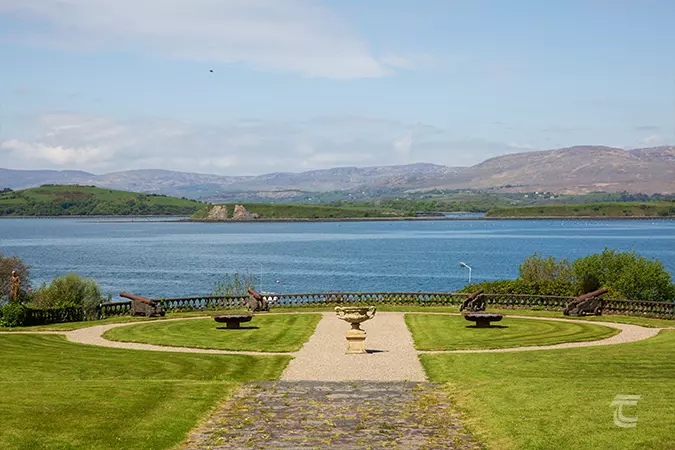Bantry House & Gardens
Bantry House offers stunning gardens, spectacular views and an impressive stately home all make for an elegant experience on Cork’s south-west coast. The house is an elegant stately home that was originally built in around 1710 in the Queen Anne style by the Hutchison family. The house has been considerably added to over the years, particularly during the middle of the 19th century under Richard White, the 2nd Earl of Bantry. It is beautifully positioned, and enjoys stunning views over Whiddy Island and the Caha Mountains. The interior of the house has a number of important period details, such as Italian plasterwork and Venetian glass, which gives an insight into the taste and wealth of the Earls of Bantry. The striking Aubusson tapestries in the house were made for Marie Antoinette, and were acquired in the turbulent days of the French Revolution.
For practical information about visiting this site Click Here
Bantry House offers stunning gardens, spectacular views and an impressive stately home all make for an elegant experience on Cork’s south-west coast. The house is an elegant stately home that was originally built in around 1710 in the Queen Anne style by the Hutchison family. The house has been considerably added to over the years, particularly during the middle of the 19th century under Richard White, the 2nd Earl of Bantry.
It is beautifully positioned, and enjoys stunning views over Whiddy Island and the Caha Mountains. The interior of the house has a number of important period details, such as Italian plasterwork and Venetian glass, which gives an insight into the taste and wealth of the Earls of Bantry. The striking Aubusson tapestries in the house were made for Marie Antoinette, and were acquired in the turbulent days of the French Revolution.
For practical information about visiting this site Click Here
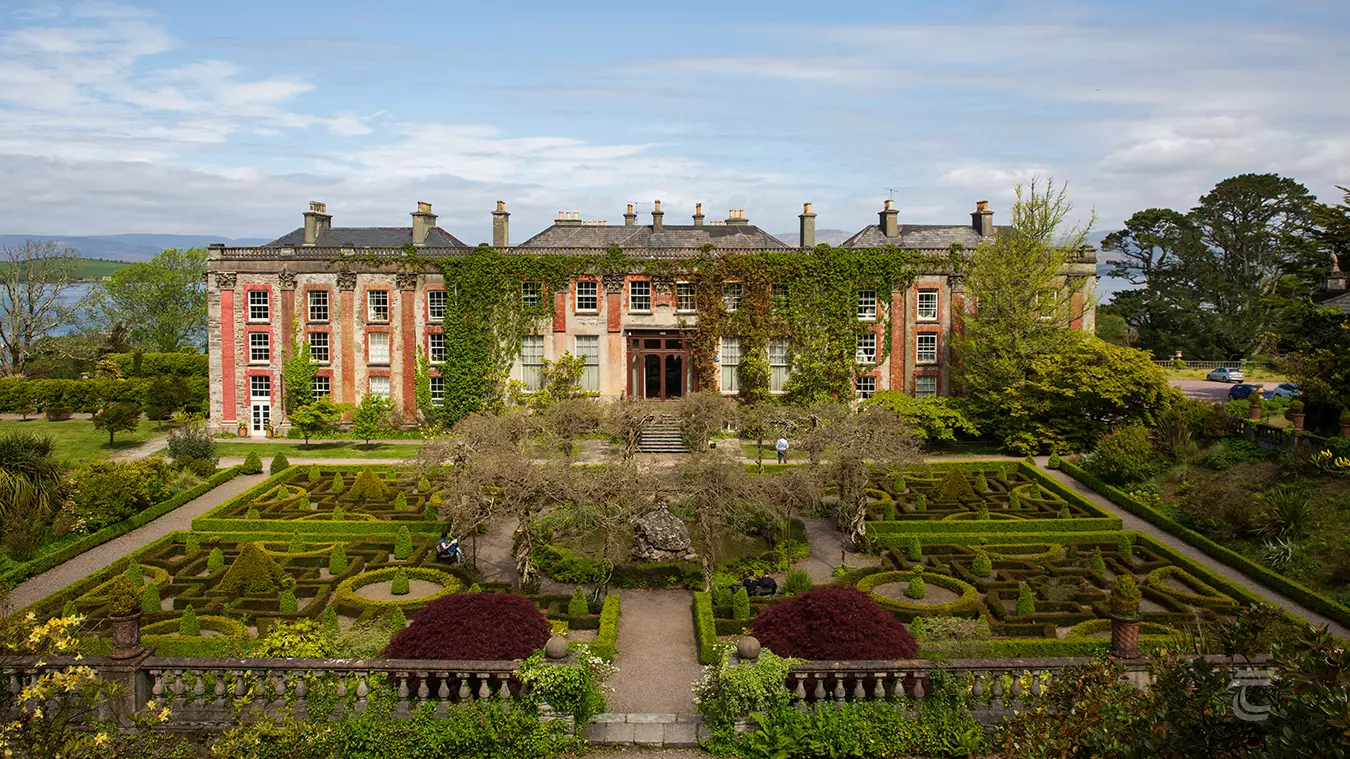
Bantry House and Gardens • Cork
Bantry House and the White Family
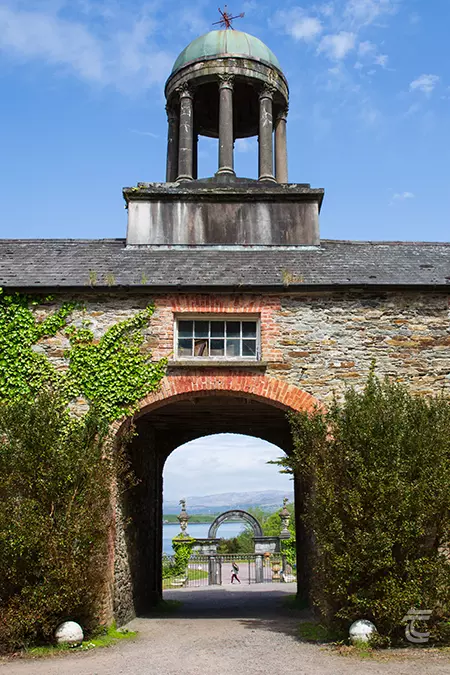
The stables of Bantry House and Garden • Cork
The White family rose to prominence in the late 18th century, and earned a fortune through fishing and and the timber trade. Bantry Bay has long been a strategic location in Irish history. In the later years of the 18th century, it was nearly the landing grounds for an invasion of Ireland from Irish and French forces who were determined to overthrow English rule.
In 1796, a fleet of French ships with over 16,000 men sailed from Brest to land in Ireland to support the United Irishmen in their rebellion against English rule. However the fleet was struck by ferocious storms, and only sixteen of the fleet arrived to rendezvous in Bantry Bay. They waited there for the other ships in vain, and unable to land the soldiers because of the wind, they had to abandon their plans and return to France, to the great disappointment of Theobald Wolfe Tone who was on board one of the ships. He noted his frustration in his diary “we were close enough to toss a biscuit ashore”.
It was Richard White who raised the alarm and organised local defences, placing Bantry House at the disposal of the Royal Navy. For his efforts, loyalty and zeal he was raised to the rank of Baron Bantry, and he was later made a Viscount. Shortly after the Napoleonic Wars in 1816, he was raised to the rank of Earl of Bantry and Viscount Berehaven. Though the title is now extinct and Bantry House has descended through the female line to the present owners. Like the house, the beautiful gardens also reflect the style of Richard White. They were influenced by the fashionable Italianate style, with handsome terraces that help to complement the stunning vista.

The stables of Bantry House and Garden • Cork
Upper left: Walking through the gardens • Lower left: Bantry Gardens overlook Bantry Bay • Right: An aerial view of Bantry House and Gardens
Top: Walking through the gardens • Middle: An aerial view of Bantry House and Gardens • Bottom: Bantry Gardens overlook Bantry Bay
Explore more sites on the Wild Atlantic Way
